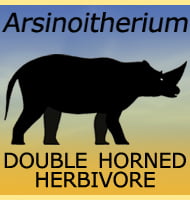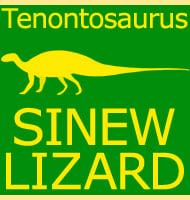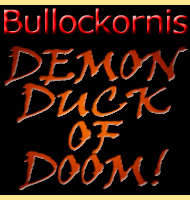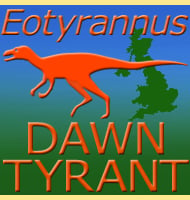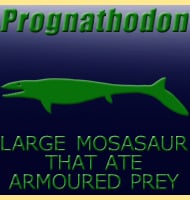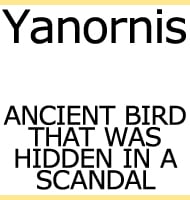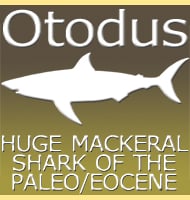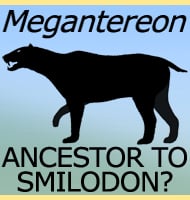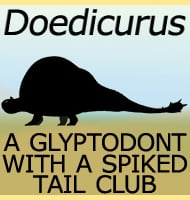In Depth
With two body shells Psephoderma was very similar to Cyamodus although it was much larger. It is also these shells, or rather the pebbly appearance of them that was the inspiration of the name that means ‘pebbly skin’. Psephoderma was one of the larger placodonts, particularly of the shelled variety. This may be because Psephoderma lived more towards the end of the Triassic when marine predators such as reptiles and sharks were also growing bigger. Like other placodonts, Psephoderma was well adapted to eating shellfish. Rather than having forward facing teeth however, Psephoderma’s mouth was shaped like a beak. This could pick out shellfish from between rocks and other submerged debris so that the crushing teeth further back in the mouth could crush the shell.
Further Reading
Further reading- The dermal armor of the cyamodontoid placodonts (Reptilia, Sauropterygia): morphology and systematic value. – Fieldiana Geology: New Series 46:1-41. – O. Rieppel – 2002.

